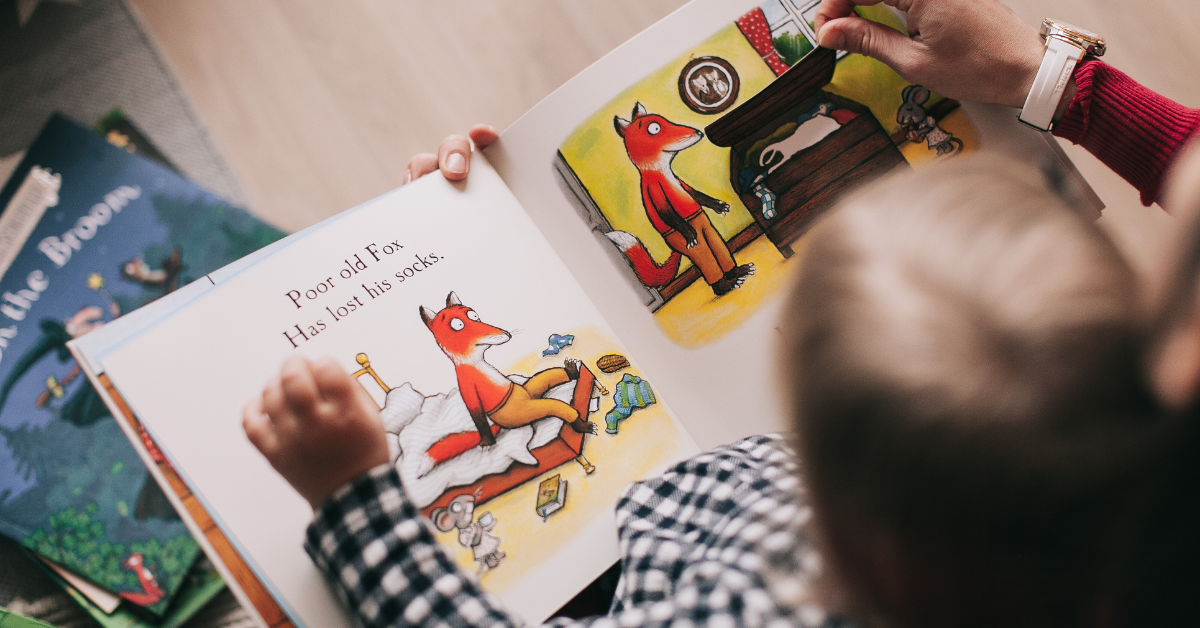“¡Cebra!” (“Zebra!”) Manuel shouted, eyes sparkling as he pointed to the smartboard. “La ‘c’ está pretendiendo ser una ‘s’!” (“The ‘c’ is pretending to be an ‘s’!”)
A few days earlier, our kindergarten class had learned that in Spanish “ce” and “ci” sound like /s/, while “ca,” “co,” and “cu” sound like /k/. We joked that sometimes the letter “c” likes to “pretend” to be an “s.” In the middle of reading, Manuel excitedly spotted the pattern on his own.
To anyone else, it might have looked like a small, ordinary classroom moment. But to me, it was huge—a 5 year old transferring what he’d learned in Spanish phonics instruction into reading in real time. He wasn’t just memorizing a rule; he was understanding, applying, and showing automaticity in decoding, and feeling proud about it.
Manuel’s path to this breakthrough moment wasn’t straightforward. He spent two years in an English-only preschool before joining our dual language kindergarten program. For the first time, both his languages—English and Spanish—were welcomed in the classroom as partners in learning. We built his reading skills through strategies like translanguaging, dictados, and cross-linguistic connections.
And that’s the thing about moments like this: they don’t happen by accident. They happen when literacy instruction is intentional, inclusive, and built with bilingual learners in mind.
Unfortunately, that’s not always the case. Across Massachusetts and the nation, there’s an ongoing effort to reform reading instruction and ensure literacy teaching and learning is based on evidence. This is a positive step that leads to many more of our children reading on grade level. But in too many of these conversations, multilingual learners in dual education like Manuel, who are maintaining their native language while learning a second language, aren’t mentioned. This omission becomes especially evident when we look at the recent 2025 Massachusetts Comprehensive Assessment System scores, which still haven’t rebounded from the pandemic.
As Massachusetts’ population of dual language learners rises, so does the responsibility to make sure they have the same access to high-quality, evidence-based literacy instruction as their peers. Without that, we risk leaving students with extraordinary potential—students like Manuel—behind. Studies have found that kids who speak more than one language often have stronger phonological awareness, richer vocabularies, and better reading comprehension than their monolingual peers. Classroom practice must catch up so Manuel and others like him are able to capitalize on their strengths in one language to boost reading in another.
To start, Massachusetts must continue growing the bilingual teacher workforce through initiatives like Project SEMBRAR—a five-year “Grow-Your-Own” initiative in New England and New Mexico. By recruiting, training, and mentoring bilingual teachers and creating clear career pathways, programs like this help ensure that students have educators who understand their linguistic and cultural strengths. I am excited to be part of this wonderful project as a mentor, sharing what I have learned over my eight years in dual language education. My goal is to ensure that my mentees, who are aspiring bilingual educators, not only understand but also apply key strategies such as el puente (the bridge) and translanguaging to foster biliteracy development in dual language settings.
Investing in bilingual literacy coaches who model strategies for multilingual learners also is essential, enabling teachers to bridge Spanish and English and turn gaps that students like Manuel might have into growth. For example, these coaches can guide dual language teachers so they fully understand that phonics works differently in each language. Spanish is straightforward, with predictable letter–sound patterns, so instruction should focus on vowels, syllables, and consonant-vowel-consonant words. English is complex, with irregular spellings and many sound variations, requiring deeper orthographic teaching.
Finally, dual language education reading goals must align with district literacy priorities, centering evidence-based practices, equity, and culturally responsive teaching to boost both academic and social-emotional growth. As a dual-language educator, I value students’ home languages and cultures by using materials that reflect their identities and celebrating when they read in both languages. In Manuel’s case, his parents support him in English and Spanish at home, reinforcing his bilingual development. This approach strengthens literacy, social-emotional growth, and student ownership of learning.
Manuel’s moment with the word “cebra” wasn’t just about phonics. It was about identity. It was about a child realizing he could read in both of his languages, fueling engagement, persistence, and a lifelong belief in his own abilities. Our dual-language students deserve these reading tools and support so that they dream and thrive.

Maria Zak is a kindergarten Spanish lead teacher at A.J. Gomes Elementary School in New Bedford, Massachusetts, and Teach Plus Massachusetts Policy Fellowship alumna.
